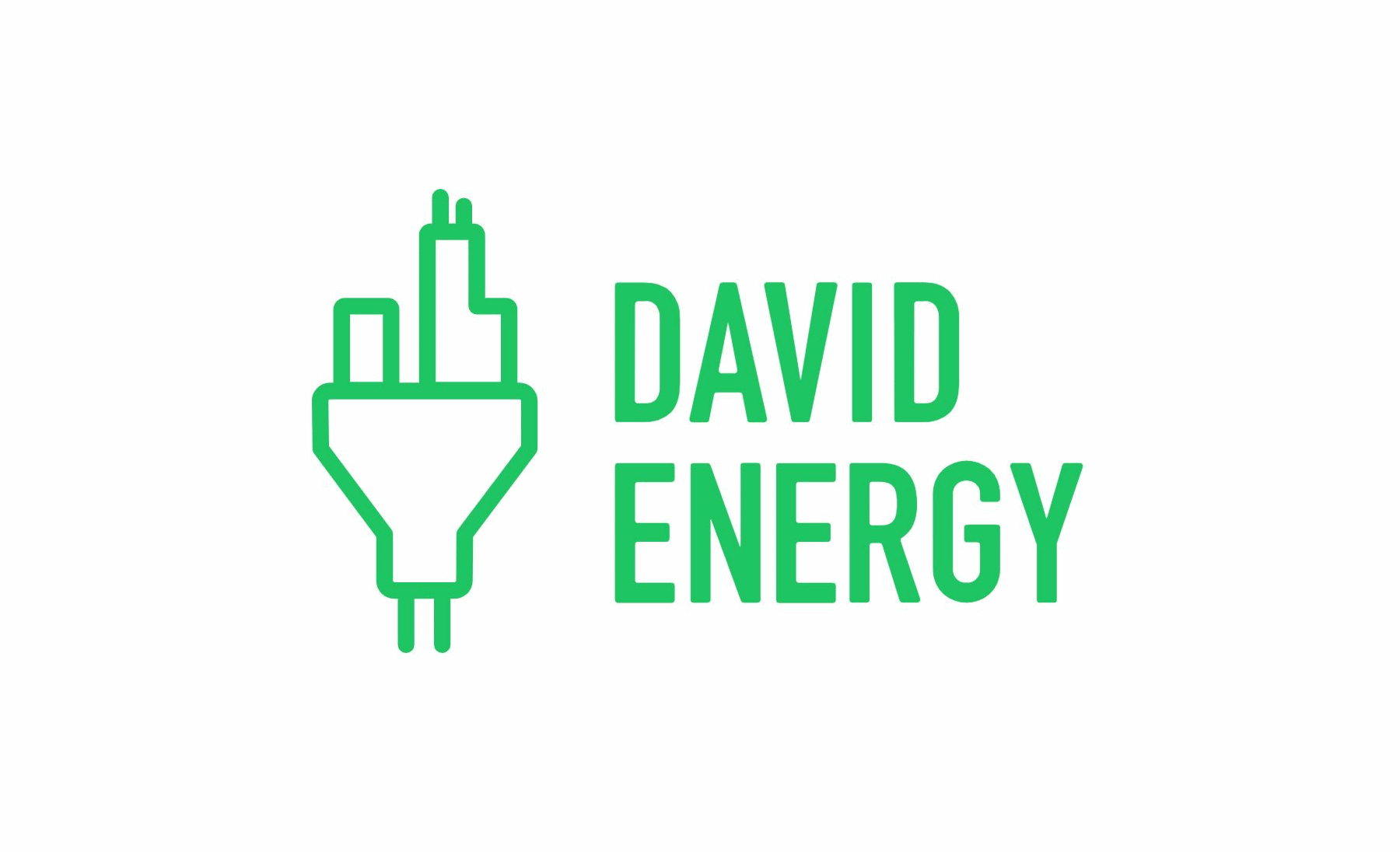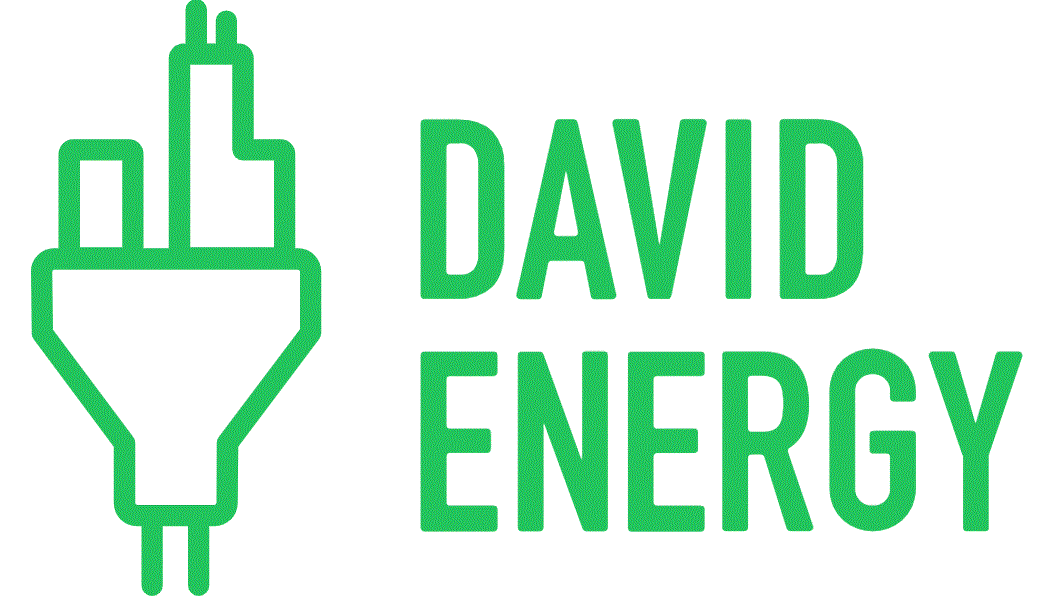This is part of a series of interviews with the leaders of innovative companies in the energy sector. We’ll post more interviews on our website as they become available.
David Energy is a retail electricity supplier, but you also help your small and medium business (SMB) clients manage their energy use with efficiency projects and data analytics. Why don't traditional retail suppliers couple energy management with their supply product? Is that a market failure?
James McGinniss: It's more that the energy industry can be slow to respond to the reality that our energy grid is quite different today than, say, ten or fifteen years ago. For example, the kind of real-time data that makes SMB products viable simply hasn’t been possible until recently, while many retail suppliers come from more of an “energy-as-commodity” background, where the business model – more volume equals more margin – really disincentivizes retailers from encouraging efficiency. David Energy’s “Shared Savings” suite of products, on the other hand, allows the customer to optimize their energy management in an all-in-one manner, from retail-level demand response to wholesale capacity tag and demand charge management; David Energy then takes a cut of any savings. This approach makes sure our incentives are aligned with customers’.
What data about your customers do you need?
JM: RTD: Real-Time Data! David Energy can connect to, and control demand of, any asset at a customer’s building (HVAC, batteries, lighting, solar, etc.). Since David Energy controls energy demand in real-time via these assets, having real-time meter data becomes critical. Our Demand Charge Management product, for example, can really help save customers money by lowering usage at times of the day when the utility charges premiums – but we can’t do that effectively without knowing the customer's real-time usage and adjusting their demand accordingly.
Some jurisdictions (e.g., Ohio and New Hampshire) have approved fees of $20-$32 or more for suppliers to access interval usage data from smart meters. Do such fees affect which markets David Energy will enter? Can you make a viable business with fees of that magnitude?
JM: It depends. For residential, small fees add up quickly on a per meter basis to make an uneconomical proposition. Even at the commercial level, where we can eat some of the costs, the one-time fees some utilities charge to pull IDR [interval data recorder] usage data is a significant handicap, and being charged thousands of dollars to generate sales proposals for 50 small commercial meters is simply not something we can do as a business. And most of the time we actually have to install a secondary meter or sensor equipment, which can be hundreds of dollars upfront, just to get access to real-time demand data.
New York is building the Integrated Energy Data Repository (IEDR), which promises a single source for customer usage and billing data state-wide. If successfully built, what would the IEDR mean for your business?
JM: For us, the IEDR would lead to significantly more efficient sales processes. Even with current EDI access, we often still need to estimate key billing component details. Having one portal for accessing customer data means we can quickly identify which customers are a good fit for our product and how much they can save – increasing efficiency and opportunity for both us and the customer. Greater access, and more flexible consumer control over their data, are two changes we’d like to see across the board. That’s why we’re so glad to be joining Mission:data Coalition in their efforts to expand consumer access.
What's the coolest feature of your energy analysis product, Mycor?
JM: The name Mycor was actually inspired by mycorrhizae – the trillions of microscopic underground fungal threads that help trees share nutrients and create communication pathways across entire ecosystems. Similarly, the Mycor platform can monitor and curtail real-time demand/consumption of any customer asset based on any market signal (e.g. demand response, arbitrage, capacity system peaks), and allows the customer to view their energy performance in real-time and compare how they’re doing across the system. It’s as if the buildings we work with are trading electricity amongst themselves, like mycorrhizae, and we think that’s pretty cool!




